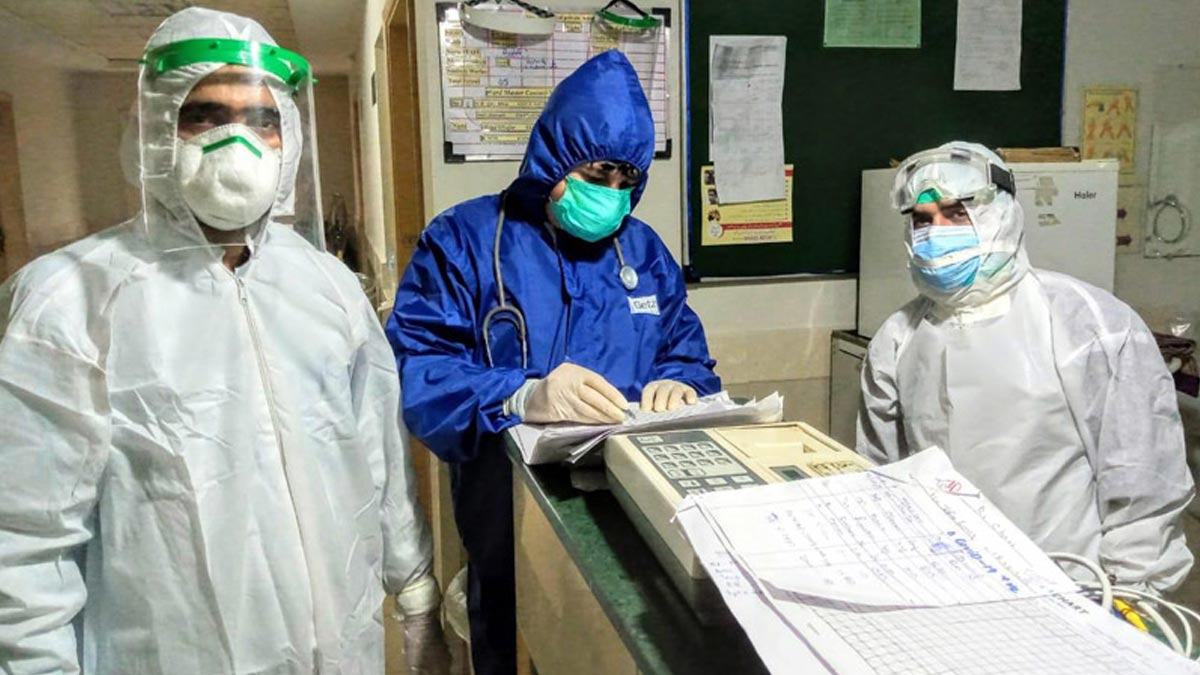- November 3, 2020
- @admin
- 0
- 03rd November 2020
- Ishba Aziz Khan
It was the 12th of March when I returned from university and after taking a bit of rest, I started studying for the quiz I had the next day. In the evening, I got the news that the university had been closed for two weeks due to the increased cases of Covid-19. At first, I was not even able to react to this unexpected news. I was happy and confused at the same time. We were asked to leave the hostels as soon as possible and this entire situation was quite distressing for all of us.
I came home and we got a notice from the university informing us that we were going to have online classes. Now, the question that arose was, “what are online classes”? This was a term that was very unfamiliar to me and the same was the case with almost all my friends and cousins. About one week later, we were asked to join google classroom and take the classes. What was the procedure to login and how to take the class- all these questions were roaming in our minds. Finally, after much struggle and effort, we were able to join the class. There was an option to turn off the mike and video while listening to the lecture. This was the easiest way of learning I had ever experienced. We did not have to wake up early at six or seven to get ready for the University; instead, we only had to log in to the class just a minute before the class started and then turn off the mike and just listen to what the teacher was saying. In addition to Google Classroom, another software was introduced and it is called “zoom”. It is software which enables video meeting and conferencing. Many institutions started taking classes through zoom as well.
The system of online classes was somehow set but then the major problem faced by the students and teachers were the issues in the internet services. In many remote areas and villages, people do not have the access to the internet and they have to travel long distances to stay at a place with better internet access. Moreover, not all parents were able to provide internet services to their children to take online classes. They could not provide their children with costly internet packages every week. They couldn’t provide a mobile phone or a laptop to every child separately.
Everything has some pros and cons. The online networking system paved new pathways for all of us and made the learning process easier than it was previously. It enabled us to work from our homes and continue our studies instead of wasting the time at home. This online networking system introduced us to new learning techniques. But, at the same time, it was very difficult for students to learn in online classes especially for the students who are studying science subjects. They were not able to perform experiments and research work. The students not having internet services were in a lot of trouble until the educational institutions reopened.

Ishba Khan
The writer is a student of International Islamic University, Islamabad (IIUI).
She can be reached at cpdrajk@gmail.com


















